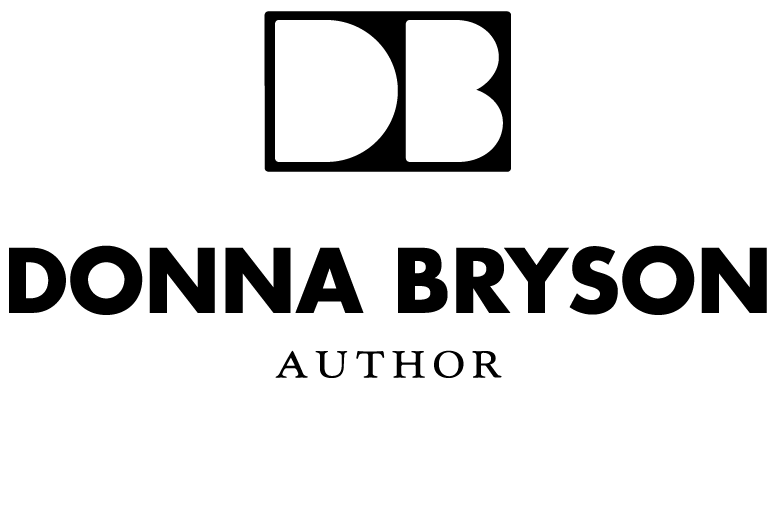They weren’t arrayed with Arlington’s military precision. But the markers I found planted in the red Georgia soil are the same gravestones you see standing at attention at the national military cemetery. They are just under hip high, wide as a coffin, thick as a family Bible, cut along the top edge to curve like the horizon.
I spotted the markers as I walked on a carpet of pine needles in the African-American part of Commerce, the town of about 6,000 near Atlanta where my father was born. Not all the graves I passed were of veterans, but those were the ones that especially intrigued me. Many bore my family name _ Bryson. Time had roughened and stained the markers and worn away the oldest inscriptions. From the dates I could make out, it was clear the fallen soldiers were the sons and grandsons of slaves and had themselves lived and died under Jim Crow. Here was proof set in stone that men fought and died for an America that spurned them. Talk about asking not what your country can do for you.
Read moreWhen he wasn’t misspending his youth, my husband Fred was building sets for Henry Lowenstein. There is so much to say about this Denver theater icon who was a dear friend to us and to so many others. Tony Garcia, who worked with Henry and now runs his own Denver theater, found room in his tribute when Henry died in 2014 to mention Festival Caravan, a free summer series Henry conceived and ran for the Bonfils, the grande dame of Denver performing arts venues.
"Festival Caravan gave thousands of people access to theater and ideas and art in communities where survival was a day to day activity,” Garcia said. “For communities in need of bread, Henry also brought roses. For young people of color, whose parents brought them out to see the theater, they were able to see surrogates of themselves on the stage sing and shine. Those shows offered a most valuable commodity — hope."
Today the Carson Brierly Giffin Dance Library at the University of Denver opened an exhibit and premiered a fluid and engaging documentary exploring Festival Caravan. Fred was interviewed for the documentary – and then they asked him to narrate it!
Read moreMore than 37,000 active duty military personnel live in Colorado. We also boast a veteran population of more than 413,000. That means close to 10 percent of the Centennial State’s 5.3 million residents have served or are serving. Yet, too often, civilians’ only association with this population is through Hollywood films. 5280 Magazine's Web series Honor Roll provides a different kind of connection. 5280 editors regularly ask interviewers to sit down with a veteran who’s having a positive impact in his or her community. They talk about their experiences both in the military and after, and highlight the important contributions these valuable men and women make to their communities once they return home. This month, 5280 handed the tape recorder over to Denver journalist Donna Bryson, whose book about Montrose’s Welcome Home Alliance for Veterans, Home of the Brave, comes out in January.
Read moreIn a time of advancing lesbian, gay, bisexual, and transgender rights and an energized women’s movement, Donna Bryson writes for The Christian Science Monitor about what three artists are contemplating.
Read moreSergeant Eugene Putney bought his parents a radio in 1948. His niece, Cyndi Duran, remembers that the gift sat in her grandparents’ kitchen throughout her childhood.
Though she never met him “I always knew I had an Uncle Gene. He was that present in my grandparents’ home,” Duran said.
Read moreThe mood is ecumenical at a Seder I frequent, with a Haggadah featuring the words of Martin Luther King Jr. as well as Torah scholars. It resembles a Quaker meeting. Guests are encouraged to depart from the Haggadah to add personal commentary. This year I was moved tell a story I’d heard from cousin Andre on a visit to the small Georgia town where my father was born and raised.
Andre says he remembers walking around town with his grandfather and noticing that the older man, who surely understood that violence underpinned Jim Crow, never looked a white person in the eye and addressed white men of all ages as "boss." Now Andre, back after college and working 25 years for the federal government in DC, busies himself on the town planning commission and education foundation. He told me about a mayor who was in the habit of accusing him of arguing.
Read moreReaders of my book about post-apartheid race relations among young South Africans send me updates from the frontlines of the battle for tolerance.
I got emails about the sudden death of the 60-year-old first black vice rector of Stellenbosch University who was reportedly exhausted and dispirited by the opposition he faced from white alum for pushing for more black students and for a less racist, sexist and homophobic campus atmosphere . My Facebook timeline buzzes with reports of white students at yet another South African university who, costumed as maids for a costume party, painted their faces black and stuffed their pants with pillows to emphasize their buttocks.
Read more


